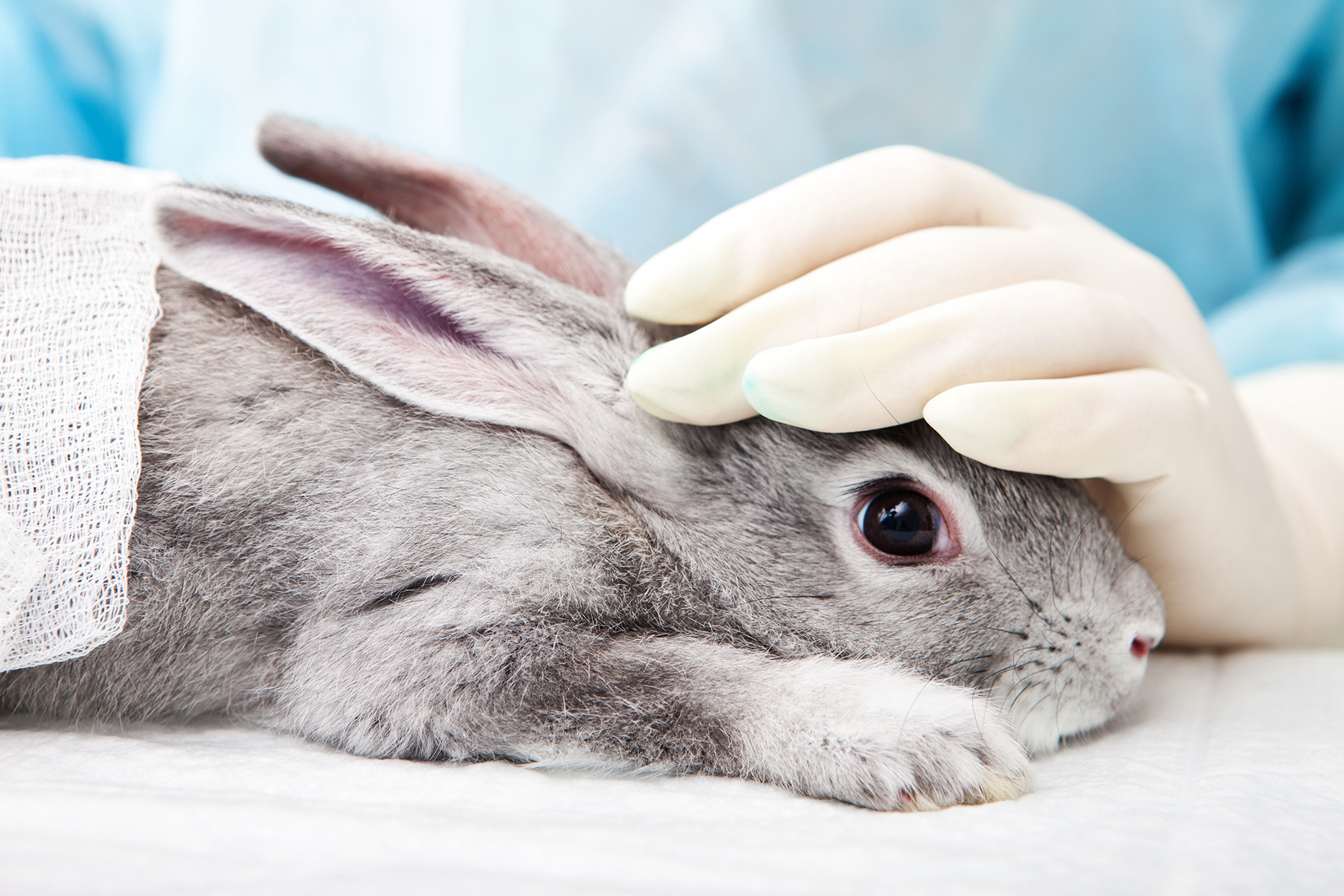Throughout history, SAFE has worked alongside other animal protection groups in Aotearoa New Zealand to create a kinder future for animals and to end animal testing. Together, we have celebrated some huge victories for animals.
In 2014, SAFE celebrated a ban on animal testing of party pills in Aotearoa New Zealand. This victory came after 60,000 people signed a petition in support of a ban and countless people wrote to government officials urging them to show kindness to animals. The campaign was covered by national media and gained overwhelming support from the public. Together, we changed the law and made sure that animals are protected from party pill testing in Aotearoa New Zealand.
In 2015, we celebrated another victory when New Zealand introduced a ban on animal testing of cosmetics. This victory was part of the international Be Cruelty-Free campaign led by the Humane Society International. Over 90,000 people signed a petition, and cruelty-free cosmetics companies rallied behind the campaign. Together, we made a real difference for animals.
The ban on animal testing for cosmetics applies to all products made within Aotearoa New Zealand – a huge achievement! Yet, products made overseas can still be tested on animals before being imported to Aotearoa New Zealand.





